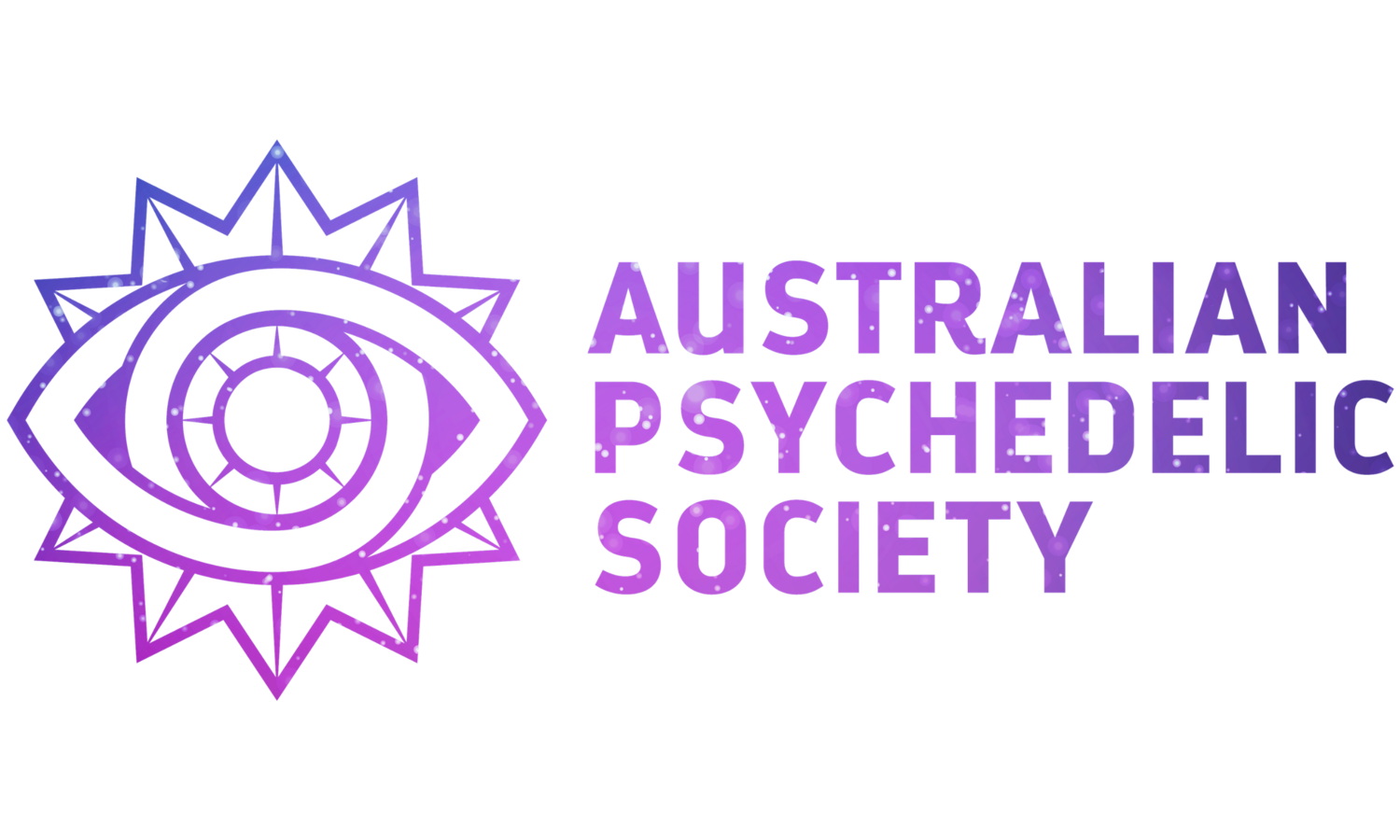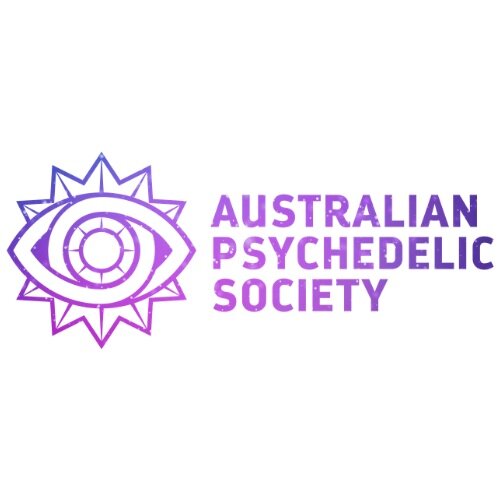Serotonin toxicity
Serotonin syndrome is an immediately life-threatening condition that results from an excess of serotonin in the space between the neurons. It usually results from combining multiple drugs that increase serotonin by different mechanisms. Often, a Monoamine Oxidase Inhibitor which decreases the breakdown of serotonin, with another substance that increases the amount of serotonin, such as MDMA or MDA.
There are many things you can do to avoid serotonin syndrome.
Know your medicines and substances you plan to take.
Talk to a doctor or psychiatrist about potential interactions.
Psychedelic practitioners should be aware of the risks and causes and screen clients carefully.
Disclose your medications to facilitators.
Serotonin syndrome is a medical emergency that can progress very rapidly to death if untreated.
Signs:
Clonus / Muscle Spasms
Increased reflexes
Hyperthermia
Agitation / Restlessness
Rigid muscles
Elevated heart rate and blood pressure
Dilated pupils
Sweating
Shivering / ‘Goosebumps’
Nausea and vomiting
Confusion
Seizures
Coma
Headache
Diarrhoea
Insomnia
The most important sign to look out for:
Clonus usually most obvious in the legs
May be seen as the foot repetitively lifting towards the shin before tapping downwards
If this is happening spontaneously then serotonin toxicity must be suspected and help sought urgently
Can be tested for by holding the calf and jerking the foot toward the shin then releasing the foot
If the foot repetitively taps back downwards then lifts towards the shin more than once or twice, serotonin toxicity should be suspected and help sought urgently particularly where any of the other signs mentioned are present
Videos of clonus and how to test for clonus in the legs can be found on YouTube
Causes
Increased activation of some subtypes of serotonin receptors due to excessive serotonin in the synaptic cleft
Usually caused by combining multiple substances that increase intrasynaptic serotonin and serotonergic transmission by different mechanisms
Most commonly caused by the combination of a Monoamine Oxidase Inhibitor (e.g harmala alkaloids from Banisteriopsis caapi/Ayahuasca or Peganum hamala/Syrian Rue, Passiflora sp./passionflower; phenelzine, moclobemide) with another agent that increases intrasynaptic serotonin like a serotonin reuptake inhibitor (e.g fluoxetine, sertraline, citalopram, St. John’s Wort, Sceletium tortuosum, tramadol, tapentadol, methadone, DXM) or serotonin releasing agent (e.g MDMA or MDA.)
MDMA is a potent serotonin releaser and may be able to cause serotonin toxicity in overdose. It should never be consumed with a MAOI
Psilocybin, LSD and N,N-DMT activate serotonin receptors differently to serotonin and as such are not considered a risk for serotonin toxicity even when combined with MAOIs (as they often are)
Some psychedelic substances are potent, full agonists of the 5HT2a receptor and may be able to cause serotonin toxicity without another agent involved, such as 25I-NBOMe
5-MeO-DMT has caused deaths when combined with a MAOI
Mescaline is considered unlikely to carry significant risk for serotonin toxicity, but cactus extracts contain a variety of potentially active compounds which are less well studied
2C-x psychedelics (e.g 2C-B, 2C-I) may themselves have some MAOI effect and thus may increase the risk of serotonin toxicity with serotonin releasing agents like MDMA or potent agonists like 5-MeO-DMT. Some also act as serotonin reuptake inhibitors and thus should not be combined with MAOIs.
Less well studied psychedelics should not be combined with MAOIs
Ayahuasca
Ayahuasca brews always contain a MAOI
If you take any prescribed, over the counter or herbal medication, use an online interaction checker. You can check for interactions with moclobemide, a pharmaceutical MAOI similar to the natural ones used in ayahuasca
You cannot take ayahuasca while on most common antidepressant medications like SSRIs, SNRIs and tricyclic antidepressants, among others.
Many other medications also act as serotonin reuptake inhibitors and cannot be taken with ayahuasca e.g tramadol, methadone, DXM
St. John’s Wort and Sceletium tortuosum both act as SSRIs. Other herbal remedies may also. These must not be taken with ayahuasca
Some medications and herbal preparations may stay in the brain for days or weeks after the last dose. Ayahuasca must not be taken until these substances have been completely cleared from the body. No “detoxing” methods will speed up this process.
When to call for help
Always call an ambulance if there is inducible or spontaneous clonus, even if the substances were consumed hours earlier.
Always call an ambulance if someone’s level of consciousness changes significantly or if they become unresponsive to pain (squeezing the trapezoid vigorously is one way to test this)
Always call for help if you feel something is not right. Mention you think there is serotonin syndrome or concerns about an overdose. Police will not attend for an overdose.
Be honest with the paramedics when they arrive. You will not get in trouble and it is crucial they know what has been taken. It could be the difference between life and death.
What to do while you wait for help
Basic first aid! Do your first aid training now so you know what to do then.
Rest the individual in the recovery position, ideally somewhere cool and quiet
Do not restrain the person or put anything in their mouth even if they have a seizure
Cooling – remove clothes and apply cool, wet towels (changing them regularly) or spray with cool water
Hydration and electrolyte replacement if still able to drink safely while upright – do not pour water over someone’s face or into their mouth if they are not conscious and able to speak
The ambulance service might give benzodiazepines when they arrive, but do not attempt to treat serotonin toxicity yourself. It is a medical emergency.
Disclaimer: This information is general in nature and is not intended as medical advice.

